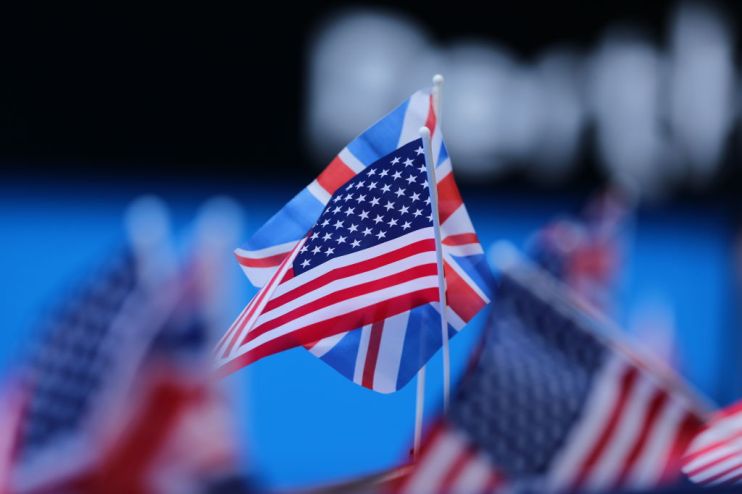UK-US trade negotiations set for advanced talks in June

Trade delegates from the UK and US governments will hold two virtual negotiating rounds next month, after the first formal round of talks between ended on Friday.
The next round will see both sides start to introduce detailed proposals as they try to strike a “comprehensive trade deal…at an accelerated pace”, according to international trade secretary Liz Truss.
Discussions in the first round covered broad areas and principles on issues such as small and medium enterprises (SMEs), financial services, investment, legal barriers to trade and agriculture.
British negotiators in the first round of negotiations also emphasised to their US counterparts that the UK would not be willing to compromise on food standards in any deal and that the NHS would not be on the table.
“A number of areas showed particular progress, including where both teams identified positive alignment between respective negotiating positions,” Truss said.
“They identified a mutually high ambition for services, investment and digital trade, among other areas.
“Both sides also set out a mutual commitment to creating new opportunities for businesses on both sides of the Atlantic and to delivering benefits for workers, consumers and farmers.”
One of the most important policy areas in talks will be agricultural exports, with the UK a net importer and the US a net exporter of these goods.
City A.M. understands the British negotiating team expects this part of talks to be particularly difficult, particularly in gaining approval from the US Senate.
The US trade talks are also taking place parallel to post-Brexit trade negotiations with the EU.
The EU trade talks have a hard deadline of 31 December to complete a deal, while there is not believed to be a firm deadline for US talks.
However, it is understood there is political pressure to strike a deal with the US as quickly as possible as the UK embarks on its post-Brexit “global Britain” agenda.
A senior official from the UK’s Brexit negotiating team said there was close collaboration between negotiators working on the US deal and negotiators working on the EU deal.
“There’s quite a technical overlap between the areas – the texts they will be putting froward and the ones we put forward,” they said.
“There are one or two areas where we have to make a choice where you do it one way or the other – the EU or the US way.
“One area would be geographical indications [on goods], where the Americans have a different system thats more trademark based.”